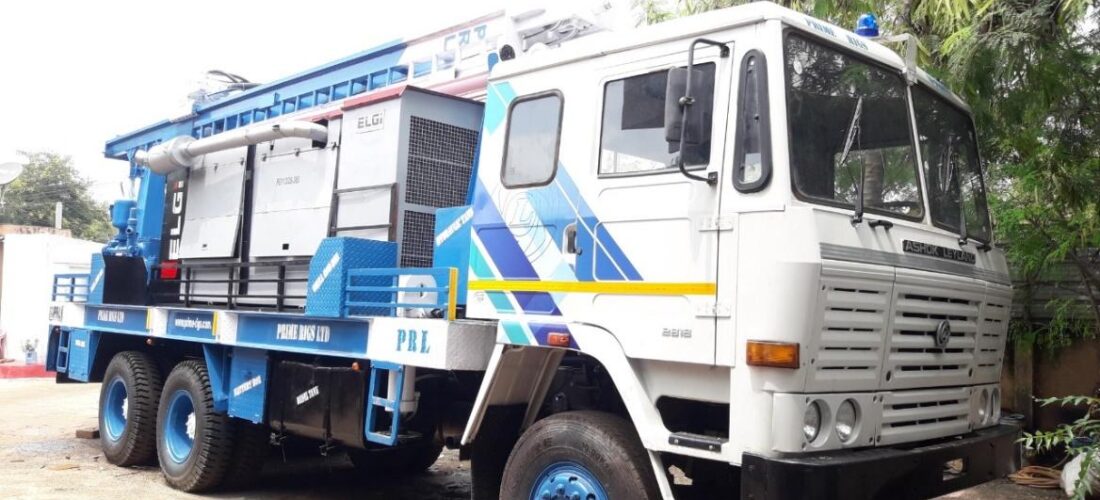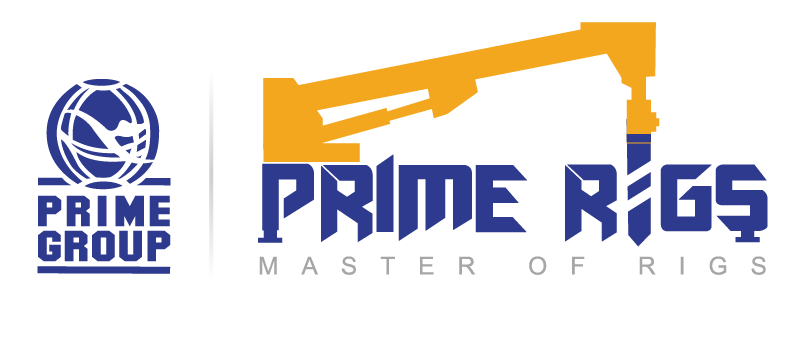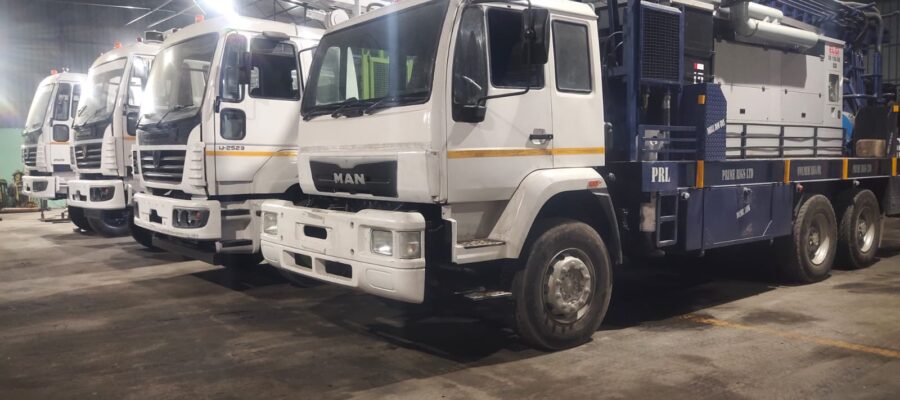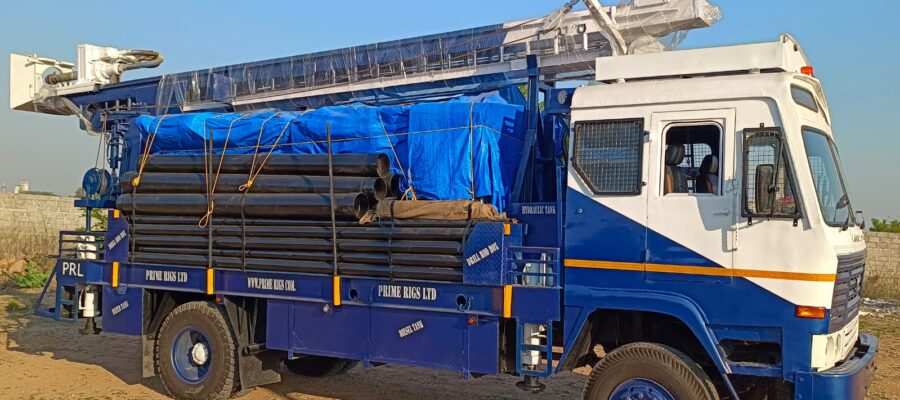
Introduction
Drilling water well can seem like a daunting task to someone who has never done it before. But there is no need to be intimidated by the idea of digging water well as long as you invest in reliable drilling rigs and engage with the best drilling team that can help you make the most out of the entire process.
Step 1:
The overall water well drilling process comprises mainly two basic stages, the pre-drilling and post-drilling stages. The early stage of well drilling includes planning the well; the geologists collaborate with the drilling engineers to generate specific drilling ideas after they have a firm understanding of the surface locations and well objectives. Additionally, when a strong well proposal is created in the final stages of the planning process, all permits for environmental and personal safety are obtained.
Step 2:
Right after the planning, the wellsite is prepared by clearing the land for use by the rig, followed by other necessary aspects like constructing infrastructure for water, water disposal, digging reserve pits for cutting storage, drilling holes etc. Conductor casing is then performed with the objective of isolating the wellbore from the topsoil so the loose debris does not enter the well during early drilling operations, ensuring safety and convenience at par.
Step 3:
The rig is carried to the wellsite once it has been set up and the conductor casing has been installed. The rig may require 50–75 workers (two crews), 35–40 cars, and up to four days to transport and assemble. If a multi-well pad is used, the rig can be skidded across to the next site without having to dig down once it is set up for the first well. The well can be spudded after the rig has been examined and all of its systems have been tested. A well’s rotary drilling activities are referred to as being “spudded.”
Step 4:
The portion of the well that descends to the predetermined surface casing depth is the first segment to be drilled, and the purpose is to enable the surface casing to be set and cemented. The surface casing is run into the wellbore and set in place after the surface casing point is reached, majorly done by pulling out of the hole, running the surface casing, and allowing the cement to harden. This process is then continued to the next casing point.
Step 5:
Exposing the sand face to the well, open hole logging tools can be run in the well, followed by running and cementing the production casing string or liner after the completion. The well completion is then taken up by other steps of tubing, gravel packs, sliding sleeves, stimulation etc., necessary to regulate a well-operating mechanism for the water well.
A drilling rig machine thus allows better penetration rates and higher operational efficiency for various drilling operations ranging from water wells, oil wells, or even natural gas extraction wells. Elaborated above is a step-by-step guide on a water well drilling process. Though the process of different drilling operations varies from each other, with the right team and rig, you can get the most efficient results for your requirement.
Recent Post
- Frequent Used: Heavy Construction Equipment and Instruments
- What Type of Water Drilling Should You Choose?
- How To Choose The Perfect Drilling Rig To Buy?
- Tips For Selecting the Right Drilling Rig According to Your Need
- Water Well Drilling: Numerous Advantages
- How To Find Affordable And Reliable Water Well Drilling Rigs For Sale?
- Everything You Need to Know About Water Construction Rigs
- Water Drilling Rigs: Know The Different Types
- Refurbished Borehole Drilling Machine: Is It Worth The Purchase?
- Safety for the Construction Industry: Why Does it Matter?
- Milling Or Drilling: Which Is The Right Process To Choose?
- Choosing A Construction Truck Rigs Supplier Keeping Perfection In Mind
- Factors That Can Help You Select The Best Water Well Drilling Rig
- What Makes Drilling Rigs Different From Milling Rigs?
- Water Well Drilling Rig: All You Need to Know About It
- Do’s and Don’ts of Choosing the Right Rigs
- Underground Drilling Rigs: Features That Make Them Unique And Most Recommended
- What are construction drilling rigs? Why do companies need them?
- How do drilling companies help you with core drilling exploration?
- Key Features and Benefits of Drilling Machines in the Construction Industry
- Exploring the Advantages of Portable Borewell Drilling Technology
- How to Choose the Right Drilling Rig for Your Needs
- Reasons to Invest in Absolute Guide for Rotary Drilling
- Selecting the Ideal Drilling Rig: Ensuring Safety, Efficiency and Cost-Effectiveness





